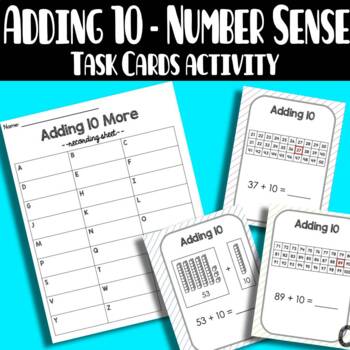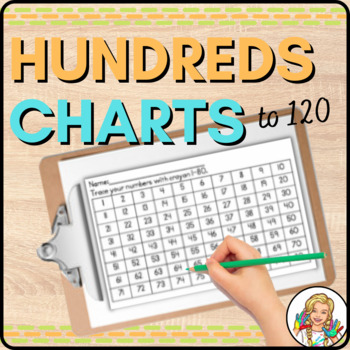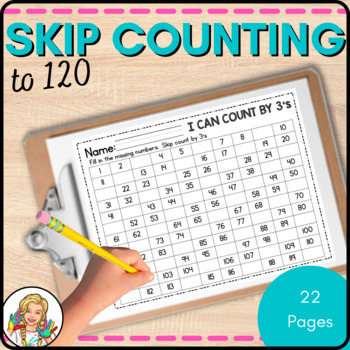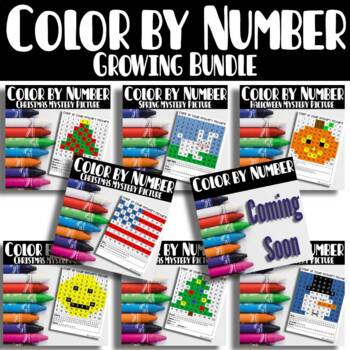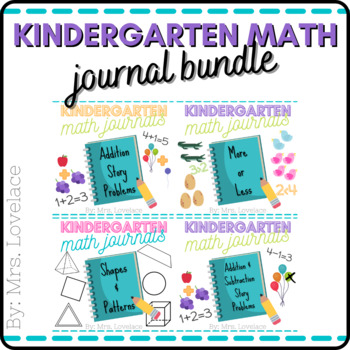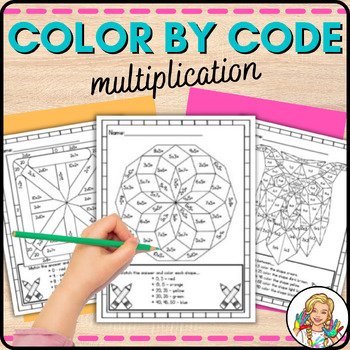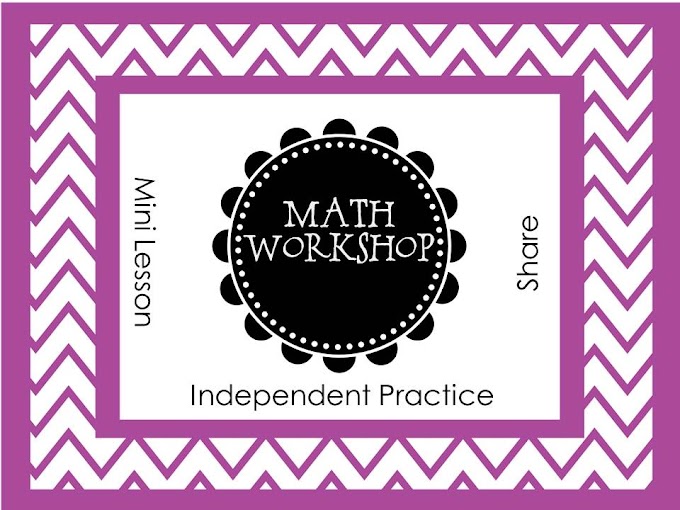Hello! This is Kelly from Little Green, writing to you once
again from Sydney, Australia. Well, four hours south
of Sydney, to
be precise! It is summer in Australia
and we are on our long summer school holiday break. I am writing this post from
the beautiful beach-side suburb of Kioloa, on the south coast of New South Wales, where I
am holidaying with my family. The sun is shining, and the sounds of waves
crashing and cicadas chirping are almost deafening! To my left, tree-covered hills
and ridges fill the landscape beyond the few rows of houses in this tiny town.
To my right is the ocean, with the sun rising splendidly over the blue water.
There is nowhere I would rather be right now!
But we’re not here to get jealous about my beautiful, warm,
sunny location; we’re here for mathematical inspiration! And today I want to use
one of my favourite math manipulatives as the starting point for that
inspiration: the Hundred Chart. This versatile tool has been instrumental in
the development of mathematical understanding in countless students. In fact, I
would hazard a guess that pretty much every teacher reading this post used one
when he or she was a student and has used one at least once with their own
students.
Why has this particular tool stayed with us for so long when
so many other great tools have come and gone? In my opinion, it is because it
is both versatile and simple. Sure, you can buy a super-expensive, whizz-bang,
high-tech Hundred Chart, but equally effective is a dodgy black-and-white
blurry photocopy of a Hundred Chart, or even a hand-drawn Hundred-Chart on the
back of a fast food store napkin! It is often the simple things that stand the
test of time and become our constant companions in the classroom.
So, I’m dedicating this post to the Hundred Chart. May it
continue to be our mathematical friend for many years to come.
Here are a few ways I use a Hundred Chart:
Counting Aid
Using a Hundred Chart as a counting aid in the early years
will help familiarise students with its use and provide them with an effective
aid to help them ‘follow along’ with counting. I would introduce this tool with
five-year-olds as soon as they have a firm grasp on the idea that numerals
represent numbers and are beginning to count to numbers larger than ten. If you
are working with numbers up to twenty or thirty, shield the lower numbers on
the chart (with a piece of paper, for example) to allow your students to focus
on the numbers they are working with.
Skip Counting Aid
Skip counting is a terrific precursor to multiplication. A
Hundred Chart can be used as an aid to the skip counter. Begin by modelling
this skill to students then have them ‘have a go’ on their own. Simply point to
the numbers as you count and be sure to ‘notice’ out loud any obvious patterns
(e.g. when counting by twos, you skip one number each time).
Looking for Patterns in the Times Tables
For me, Mathematics is all about locating patterns, looking
for logic and making order. If our students can see the patterns in the times
tables, they will have a much richer understanding of them than if they simply
commit them to memory. Of course, knowing your tables off by heart is important
too, but we want our students to be able to do more than rattle off a few
numbers! A great way to see the patterns is to colour in the multiples of a
particular set on a Hundred Chart.
To extend this further, have them choose a different colour
to colour in the multiples of a different set on the same Hundred Chart. In
this way, they can see where the sets overlap and can draw conclusions based on
this visual evidence.
Showing One More, One Less, Ten More and Ten Less
With a simple modification, a Hundred Chart can be used to
help students easily see one more, one less, ten more and ten less than any
number. Using cardstock or sturdy paper, create a shield with a cut-out in a
cross shape that will reveal the desired numbers (see picture below). Students
can move this shield around the chart to discover one more, one less, ten more
and ten less of any number (except numbers on the edge of the chart – some
explicit teaching is required to help students find the answers for the numbers
on the edge).
Calculation Aid
Once your students are familiar with the use of the Hundred
Chart, it can be used to help students calculate the answers to addition and
subtraction problems to 100. For example, the problem 83-54 might look a little
daunting to a student, but it can be easily solved using a Hundred Chart. Begin
by putting your finger on the 83 square. To subtract fifty, move your finger up
five spaces to the 33 square. To subtract four, move your finger to the left
(then up to the end of the row above) four spaces to the 29 square. Easy! Allowing students to use the Hundred Chart in this way will build a strong
foundation for mental strategies, such as the ‘jump’, ‘split’ and ‘compensation’ strategies (search for these terms in a Math glossary if you are unfamiliar with them).
Demonstrating Working Out
Demonstrating Working Out
When students are able to use mental strategies to solve
addition and subtraction problems, a Hundred Chart can be used to allow them to
demonstrate their working to you or to the rest of the class. It is always
fascinating to see the different ways other people solve the same problem.
Using the above example of 83-54, some students may use a completely different
strategy. They may, for example, make the 83 into 80 by subtracting 3, subtract
50, subtract 4, and then add on the 3 they took away at the beginning. Or, they
might start by subtracting the tens (80-50), add on 3, and then subtract 4.
Using a Hundred Chart to assist in demonstrating thinking will help the
abstract thought of an individual become visual for others.
This is certainly not an exhaustive list of ways to use a
Hundred Chart – there are certainly many other terrific uses for this versatile
tool. How do you use a Hundred Chart in your classroom? Feel free to share any
brilliant ideas you have come up with in the comment section below.
And one quick plug: a huge giveaway is about to happen on the Little Green blog! Make sure you keep an eye out for it - you won't want to miss it!
Right, back to the beach for me! See you next month!





